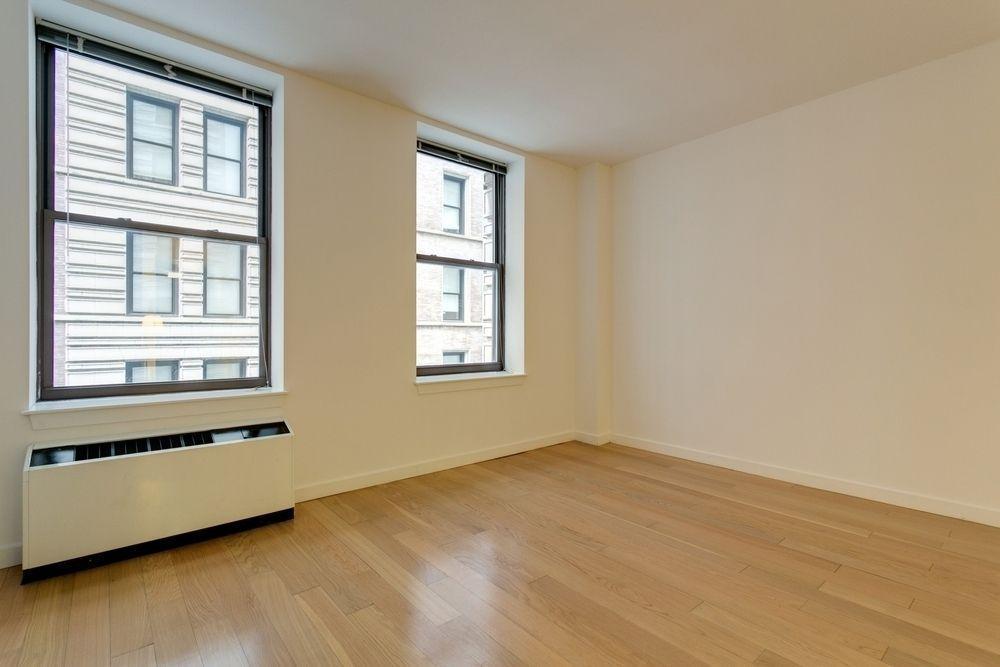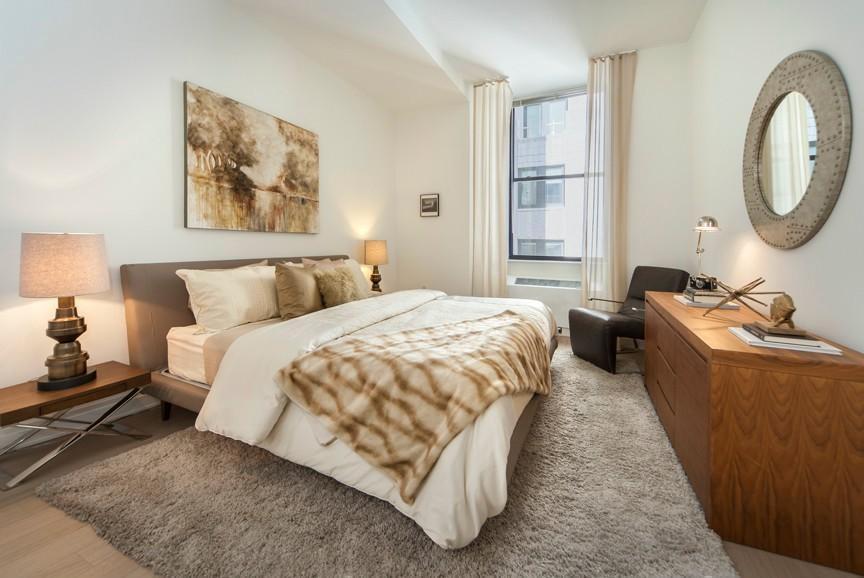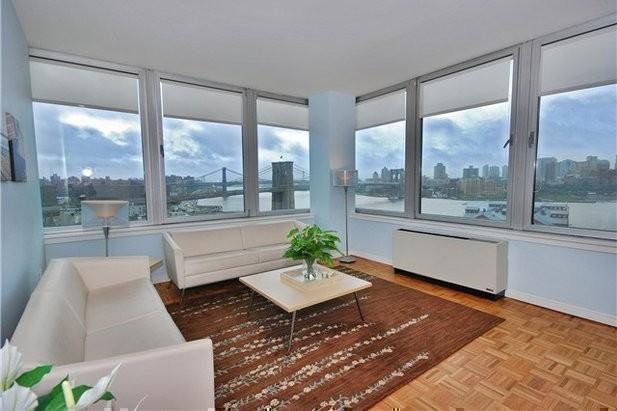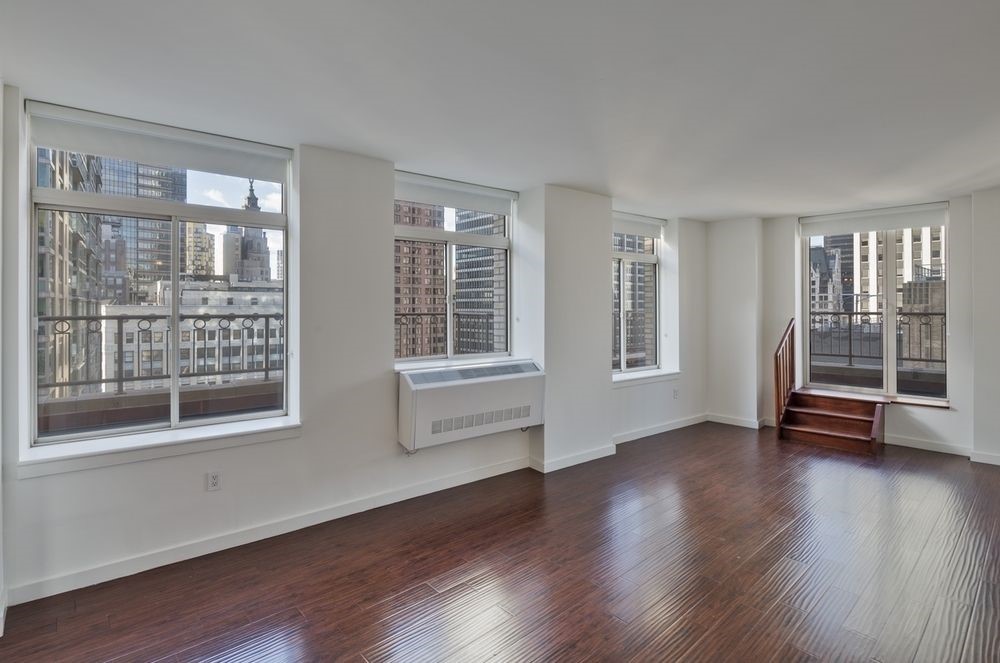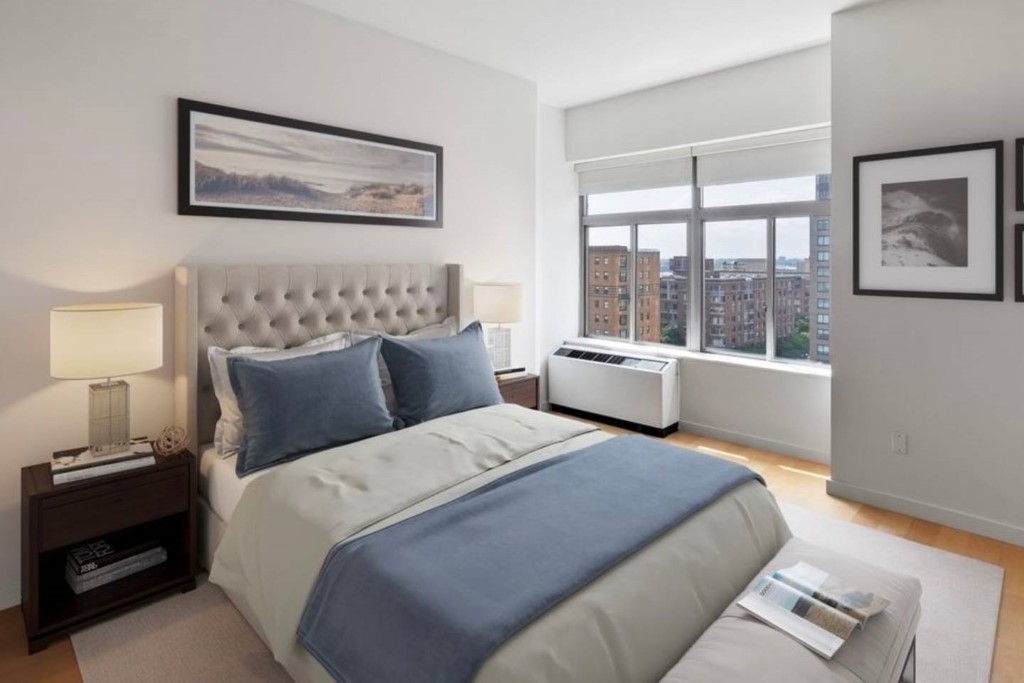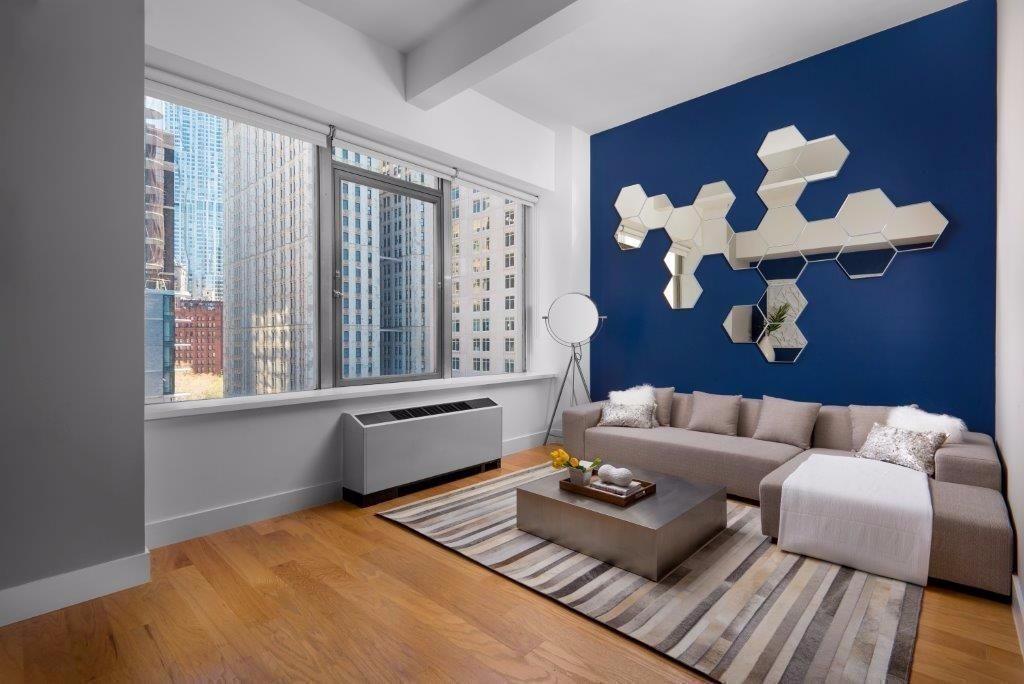
Maximising Small Spaces on a Budget with Self Storage
By: ROS Team
City life often means adjusting to smaller living spaces, especially in cities like London and New York, where rents are high and space is limited. However, just because you have less square footage doesn’t mean you can’t make the most of your living area.
One affordable storage solution to this challenge is self-storage, which provides a cost-effective way to free up space while keeping your belongings safe. Self-storage facilities offer a range of unit sizes to suit different needs and budgets, making them ideal for maximising small spaces on a budget.
In this guide, we’ll explain how to maximise small spaces on a budget with affordable storage and share tips on how to use it effectively.
The Challenges of Small-Space Living
Living in a small space may save you from paying premium rent, but it often comes with compromises. These include:
- Limited storage options: Apartments often lack built-in storage for all your belongings.
- Clutter accumulation: Valuable items can pile up quickly, making your space feel cramped.
- Difficulty separating living areas: Creating distinct zones for work, relaxation, and sleep can be tricky in a compact home.
Self-storage is the perfect solution to these issues. By moving items you don’t use daily into a nearby storage unit, you free up space in your home and keep it feeling open and comfortable.
How Self-Storage Can Solve Your Space Issues
Declutters Your Home
Self-storage allows you to keep items you don’t need on a daily basis in a secure location, freeing up space in your home. This can be especially useful for seasonal items like winter clothes or holiday decorations. Self-storage facilities offer flexible access, so you can easily retrieve stored items when needed, keeping your living space clutter-free.
Creates a Multi-Functional Space
In small homes or apartments, it can be challenging to designate specific areas for different functions—like work, relaxation, and dining. By using a self-storage unit to store items you don’t use every day—such as extra furniture, seasonal items, or rarely used equipment—you can free up space to create a more organised, functional living area that serves multiple purposes without feeling overcrowded.
It Can Save You Money
Sometimes, people get rid of belongings they no longer have space for, only to realise later that they need them again. This can lead to unnecessary expenses from repurchasing items or renting equipment that they once had.
Storing out-of-season clothes, appliances or excess furniture in a self-storage unit can save you money in the long run, as you won’t have to replace them every time a new season arrives. However, the key is to store things you’ll actually use in the future, rather than using self-storage as a dumping ground for things you’ll never need again.
Provides Security and Peace of Mind
Self-storage facilities offer advanced security features, such as surveillance cameras, gated entry, individual unit locks, and security guards. This provides an extra layer of protection for your things, giving you peace of mind that they are safe. Additionally, many self-storage companies offer insurance options to further protect your items in case of theft or damage.
It’s More Convenient
While there are many ways to maximise space in your home—such as under-bed storage, closet organisers, and wall shelves—these options require time and effort, and may not be suitable for everyone.
Self-storage offers a more versatile and convenient solution by providing extra space without the need to rearrange your home. You can rent a unit for as little or as long as you need, making it ideal for temporary storage during a move or renovation.
Helps to Avoid Expensive Renovations
Many homeowners undertake renovations simply to create more space. While this can add value to your property, the initial costs can be significant. Instead of spending thousands on remodelling, consider storing your extra belongings in a self-storage unit. This not only saves money but also allows for design flexibility during a renovation, as you won’t need to worry about where to temporarily store furniture and other items.
Creates Vertical Space
Many small apartments don’t fully utilise vertical areas, such as walls or spaces above doors, because they’re covered by bulky furniture like cupboards. By moving these larger items into a self-storage unit, you free up valuable floor space and unlock the potential for vertical storage.
With your uncovered vertical space, you can install shelves, hooks, or pegboards to store smaller, everyday essentials like kitchen utensils, books, or clothing. This helps create a more open, functional environment where every inch is put to good use.
Making the Most of Self-Storage for Small Apartments
Self-storage is a great way to free up valuable space, but combining it with other strategies can help you maximise your small living area even further. Here are some ideas:
- Use multi-functional furniture: Items like sofa beds and ottomans with hidden storage provide dual functionality. For bulkier furniture or extra bedding, store these in your self-storage unit to reduce clutter at home.
- Maximise vertical space: Install floating shelves or use pegboard organisers to keep daily essentials accessible, while storing seasonal or less-used items in self-storage.
- Declutter by category: Following the KonMari Method, focus on one category of items at a time—such as clothing or books—and place anything you don’t need regularly into storage. This keeps your home feeling light and organised.
- One in, one out rule: For every new item you bring in, remove one.
- Regular decluttering sessions: Schedule monthly or quarterly reviews of your belongings.
- Mindful purchasing: Question every purchase—do you need it, and where will it go?
These solutions, combined with self-storage, help prevent clutter from accumulating and create a more spacious, organised home.
Is Self Storage Affordable to the Average Apartment Dweller?
Self-storage can be an affordable solution for most apartment dwellers, with costs varying based on location, unit size, and promotions. For example, in the UK, prices range from around £20 to £111 per month during promotional periods, depending on the unit size. In the US, the average monthly cost ranges from $35 to $100. While location plays a key role in pricing, with urban areas typically being more expensive, self-storage facilities often offer discounts or seasonal promotions to reduce the overall cost.
There are also additional ways to save money on self-storage:
- Shop around: Research different storage facilities in your area to find the best deals and discounts.
- Use coupons or referral programs: Many storage companies offer coupons or referral programs that can help reduce costs.
- Share with others: Consider sharing a larger storage unit with friends or family members to split the cost.
- Choose non-climate controlled units: If you’re storing items that aren’t sensitive to temperature and humidity, opt for a non-climate controlled unit which can be significantly cheaper.
- Only rent the space you need: Be realistic about the size of the unit you require and avoid renting a larger one than necessary.
Conclusion: Simplify Small-Space Living with Self-Storage
Living in a small space doesn’t mean you have to compromise on comfort or style. Self-storage offers a flexible, affordable way to declutter and make the most of your living area. By storing items you don’t use regularly—such as seasonal clothing, extra furniture, or bulky kitchen appliances—you can create a more functional and organised home. With self-storage, you can enjoy the benefits of a spacious, organised home, even in the smallest apartments.









